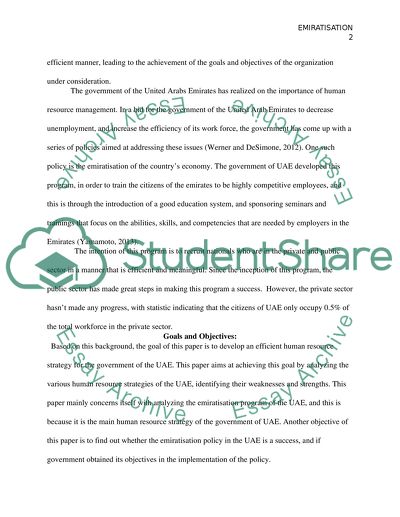Cite this document
(Human Resource Management Program for the United Arab Emirates Term Paper, n.d.)
Human Resource Management Program for the United Arab Emirates Term Paper. Retrieved from https://studentshare.org/human-resources/1637430-3s
Human Resource Management Program for the United Arab Emirates Term Paper. Retrieved from https://studentshare.org/human-resources/1637430-3s
(Human Resource Management Program for the United Arab Emirates Term Paper)
Human Resource Management Program for the United Arab Emirates Term Paper. https://studentshare.org/human-resources/1637430-3s.
Human Resource Management Program for the United Arab Emirates Term Paper. https://studentshare.org/human-resources/1637430-3s.
“Human Resource Management Program for the United Arab Emirates Term Paper”, n.d. https://studentshare.org/human-resources/1637430-3s.


